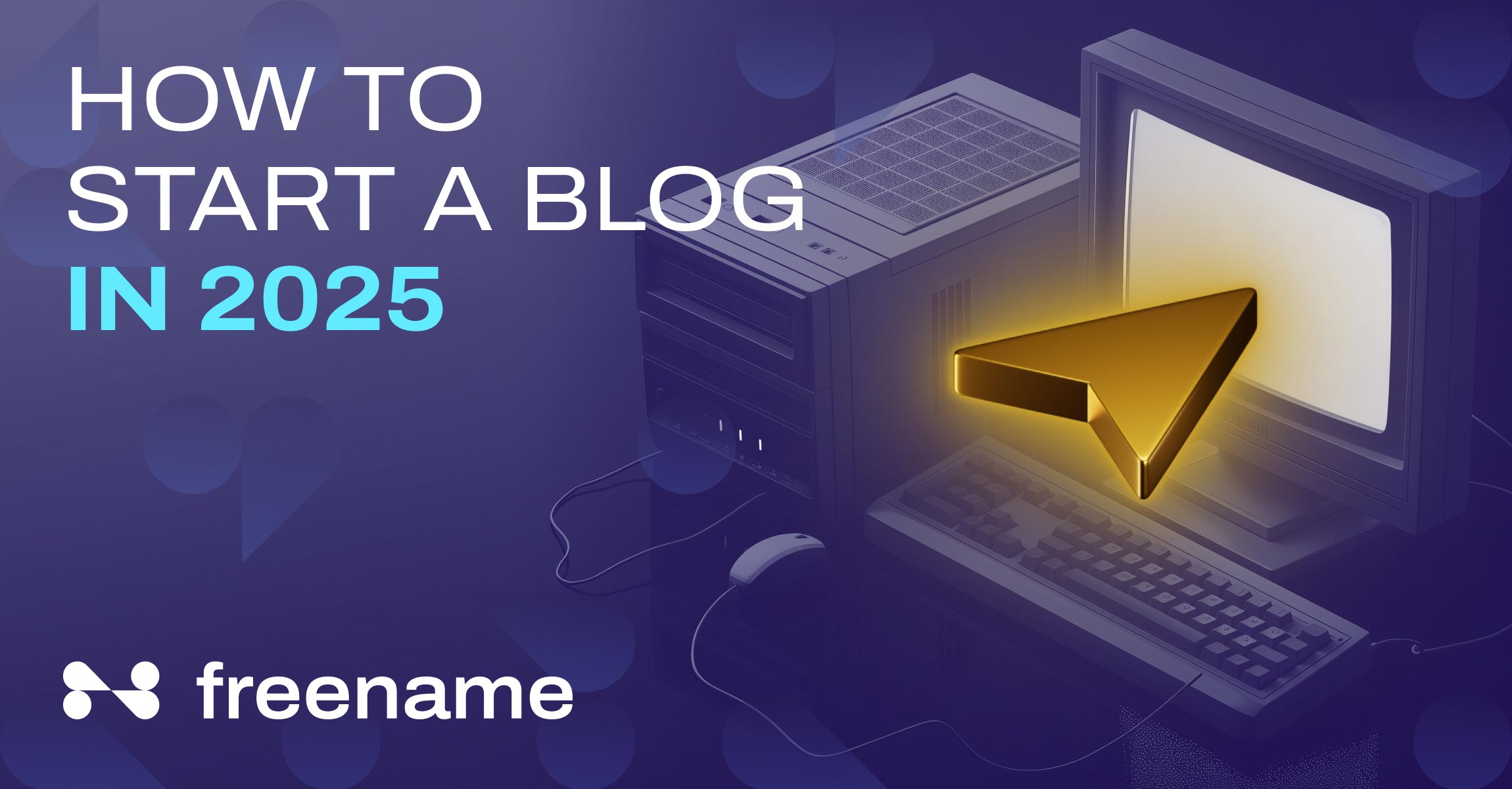A blog can be a powerful tool to make money online in 2025. Yes, starting a blog may just be one of your smartest moves this year. You don’t even need to be a tech expert or a seasoned writer to succeed. With this step-by-step guide, designed to help beginners launch a blog confidently, any newbie can smoothly start blogging in 2025.
This guide will walk you through everything, from setting up your site and creating content to monetizing it and turning it into a real online business. With the right tools and strategies, your blog can grow over time and pay off in more ways than one. Let’s learn all about blogging in 2025 now.
Why Start a Blog in 2025?
Blogging goes all the way back to the 1990s and has been around for more than two decades. The first “blog” was believed to be Links.net, created in 1994 by Justin Hall, a Swarthmore College student. He used it as a personal homepage to share his writings and interests. The term “weblog” was later coined in 1997 by Jorn Barger. This term was later shortened to “blog” by Peter Merholz in 1999.
Although blogs were originally personal online journals, they have since evolved into powerful platforms for information sharing, brand building, and, lately, income generation. That’s why in 2025, blogging remains a highly relevant and effective medium. The blogosphere is still thriving with an estimated 600 million blogs worldwide. 77% of internet users still engage with blogs, meaning blogging has not diminished in influence.
Even businesses and corporations use blogs to engage with their audience. Starting a blog offers several compelling benefits, such as:
- Sharing your passion or expertise: You can use a blog to share your knowledge and interests with a wide audience, which you can later cultivate as a platform to establish your position as a thought leader in your niche.
- Building your brand: If you consistently offer high-quality blog content, you can enhance your credibility and visibility, distinguishing you in a crowded market.
- Generating income: Blogging offers different ways to make money, including advertising, affiliate marketing, and digital products. 82% of bloggers can even report positive returns on their blogging investments.
- Creating long-term value: Well-crafted blog posts continue to attract traffic over time, remaining valuable and retaining audience engagement.
- Gaining independence and flexibility: Blogging allows you to build an online presence on your terms, making you independent in shaping your content and business strategies.
Furthermore, with over 200 million people now identifying themselves as content creators, the creator economy is expected to continue to thrive. This surge reflects a growing demand for authentic voices and niche expertise. Now can be an ideal time to start a blog to share your message and build a profitable online presence.

Step-by-Step Guide to Starting a Blog
Starting a blog is much simpler when you follow a clear process. Let these steps guide you from concept to launch and beyond.
Step 1: Choose Your Niche
Before anything else, decide what your blog will be about. This is your niche, the specific topic or area you’ll focus on. Popular blog niches that continue to perform well in 2025 include personal finance, health and wellness, productivity, travel, tech reviews, and remote work. They perform particularly well when they cater to a specific audience or problem.
Your blog can be a mix of:
- What you’re passionate about
- What you’re willing to learn or knowledgeable in
- What people are actively searching for online
Step 2: Pick a Blogging Platform
Your blogging platform is where you’ll build and manage your content. The most popular and flexible option is WordPress.org (not to be confused with WordPress.com, the other platform’s cousin).
WordPress.org has the advantage of being free and open-source, highly customizable, and scalable for monetization. Other beginner-friendly options include Wix, Squarespace, and Ghost. However, if your long-term goal is to earn income, WordPress.org gives you the most control and flexibility.
Step 3: Get a Domain Name and Hosting
Your domain name is your blog’s web address (like MyBlogName.com), and hosting is the service that stores your website’s files and makes them accessible online.
To get started:
- Choose a domain name that’s short, memorable, and relevant to your niche
- Register it through services like Namecheap or GoDaddy
- Choose a reliable hosting provider that integrates well with your platform
For example, if you choose WordPress as your platform, you can find various hosting services that offer a one-click WordPress install. This makes setup simple for beginners.
Step 4: Set Up Your Blog Theme and Design
Once WordPress is installed, design your site. Start by choosing a theme—a template that controls how your blog looks.
Look for a theme that is:
- Clean and mobile-responsive
- Easy to customize
- Optimized for speed and SEO
Step 5: Create Essential Pages and Content
Now that you have a blog, create essential pages that set the foundation for your content strategy. At a minimum, you should include:
- About page: Explain who you are and what your blog is about
- Contact page: List ways readers and potential partners can reach you
- Privacy Policy/Terms: Crucial if you plan to collect emails or run ads
Then, start writing. Create valuable blog posts that serve your audience. Focus on solving problems, answering questions, or entertaining, depending on your niche.
Step 6: Promote Your Blog and Build Traffic
A blog without readers won’t generate income, so it’s time to start getting traffic. There are several proven ways to do this:
- Search engine optimization (SEO): Optimize your posts with keywords, internal links, and meta descriptions so they show up on Google.
- Social media: Share your posts on platforms like Pinterest, X, or LinkedIn, depending on your audience.
- Email marketing: Build a list from day one with a simple lead magnet or newsletter.
- Networking: Connect with other bloggers in your niche, guest post, and engage in online communities.
The more consistent you are, the more your audience will grow.
Step 7: Monetize Your Blog
Once you have content and steady traffic, you can now turn your blog into a business. Here are some popular monetization strategies:
- Display ads (via networks like Google AdSense or Ezoic)
- Affiliate marketing (earn commissions by recommending products you trust)
- Sponsored posts (partner with brands to publish paid content)
- Sell digital products (like eBooks, courses, templates, or printables)
- Offer services (coaching, consulting, writing, etc.)
Most bloggers start with one or two methods and expand over time. The key is to align your monetization with your audience’s needs.
Final Tips for New Bloggers
Starting a blog is exciting, but building one that grows and earns money takes time, effort, and consistency. You don’t need to be an expert on day one, but you do need to practice regularly. Publish content consistently, even when traffic is slow or motivation dips. That steady momentum is what separates successful bloggers from quitters.
Also, keep learning. Blogging trends evolve, platforms update, and algorithms shift—the more you adapt your strategy, the more you’ll grow. Treat your blog like a business: commit to the process and, over time, you’ll build something worth celebrating and earning from.







